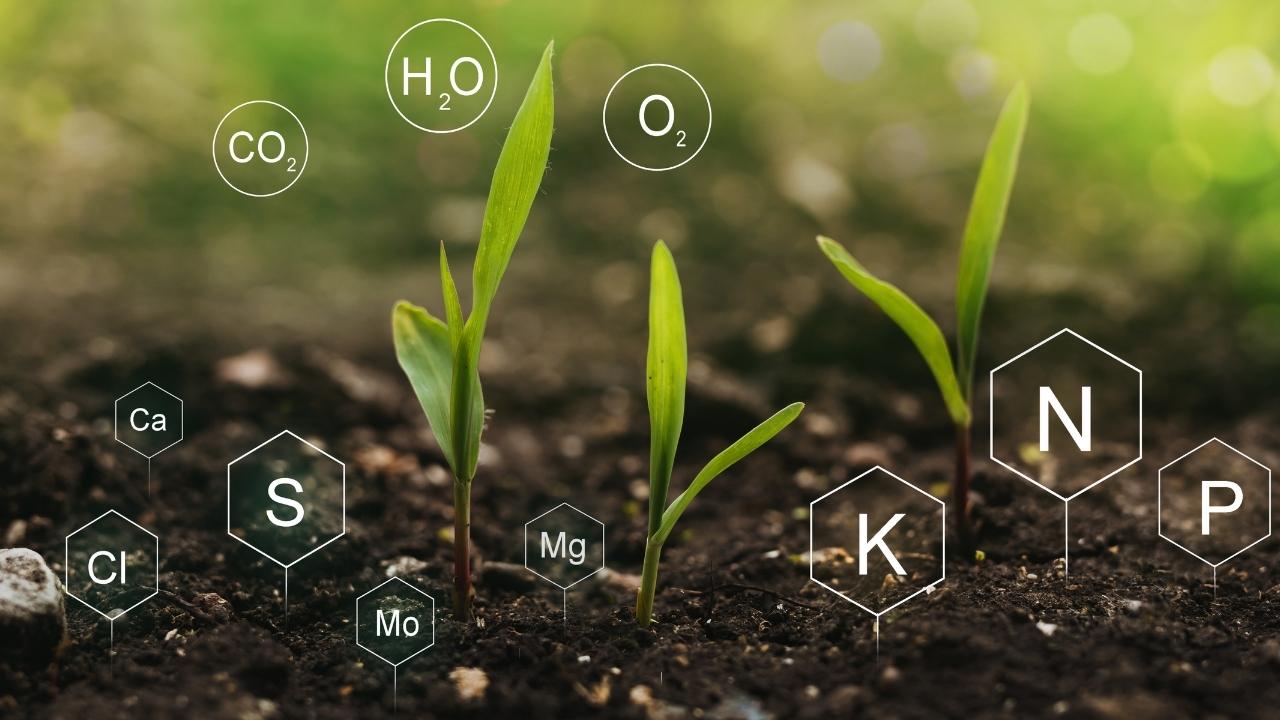You know that the secret to a thriving garden isn’t just the seeds we plant but the soil we plant them in. Over the years, I’ve discovered that improving soil fertility naturally is the key to lush, vibrant plants and bountiful harvests. Today, I want to share some tried-and-true methods to boost your soil’s health without relying on synthetic fertilizers.
Understanding Soil Fertility
Before we dig in (pun intended), let’s chat about what soil fertility actually means. Fertile soil is rich in essential nutrients, has good structure, and teems with beneficial microorganisms. It’s the foundation of a healthy garden.
Add Organic Matter
One of the simplest ways to enhance soil fertility is by adding organic matter. This improves soil structure, water retention, and nutrient availability.
Composting: Nature’s Recycling System
Composting transforms kitchen scraps and yard waste into nutrient-rich humus.
- Getting Started: Set up a compost bin or pile in a shady spot.
- What to Include: Fruit and veggie scraps, coffee grounds, eggshells, grass clippings, and dry leaves.
- What to Avoid: Meat, dairy, oily foods, and pet waste.
Using Aged Manure
Well-rotted manure from herbivores adds nutrients and organic matter.
- Application: Work it into the soil in the fall so it breaks down by spring.
- Caution: Fresh manure can burn plants; always use aged manure.
Plant Cover Crops
Cover crops, or “green manures,” are grown to benefit the soil.
Benefits of Cover Crops
- Nitrogen Fixation: Legumes like clover and vetch add nitrogen to the soil.
- Weed Suppression: Buckwheat and rye crowd out weeds.
- Erosion Control: Protects soil from wind and water erosion.
How to Use Cover Crops
- Sow Seeds: After harvesting your main crops, sow cover crop seeds.
- Let Them Grow: Allow them to grow until just before flowering.
- Incorporate into Soil: Cut them down and dig them into the soil.
Practice Crop Rotation
Rotating crops prevents nutrient depletion and reduces pest and disease problems.
Simple Rotation Plan
- Year 1: Plant heavy feeders (tomatoes, corn).
- Year 2: Follow with light feeders (carrots, onions).
- Year 3: Plant soil builders (beans, peas).
Mulch, Mulch, Mulch!
Mulching conserves moisture, regulates soil temperature, and adds organic matter.
Best Mulching Materials
- Organic Options: Straw, wood chips, shredded leaves.
- Application: Spread a 2-3 inch layer around plants, keeping mulch away from stems.
Encourage Beneficial Microorganisms
Healthy soil is alive with microorganisms that help plants absorb nutrients.
How to Boost Microbial Activity
- Avoid Chemicals: Pesticides and synthetic fertilizers can harm soil life.
- Add Organic Matter: Compost and manure feed microbes.
- Maintain Moisture: Keep soil evenly moist but not waterlogged.
Attract Earthworms
Earthworms aerate the soil and help decompose organic matter.
Tips to Attract Worms
- Organic Mulch: Provides food and habitat.
- Limit Tillage: Frequent digging can disturb worm populations.
- Avoid Salt-based Fertilizers: They can harm worms.
Use Natural Fertilizers
Sometimes, soil needs an extra nutrient boost.
Types of Natural Fertilizers
- Bone Meal: Adds phosphorus.
- Blood Meal: High in nitrogen.
- Kelp Meal: Provides trace minerals.
- Fish Emulsion: Balanced nutrient source.
Application Tips
- Read Labels: Follow recommended application rates.
- Timing: Apply during active growth periods.
Implement No-Till Gardening
Reducing soil disturbance maintains structure and promotes microbial life.
Benefits of No-Till
- Soil Health: Preserves beneficial organisms.
- Weed Reduction: Less soil disturbance means fewer weed seeds brought to the surface.
How to Start
- Layering: Add compost and mulch on top of existing soil.
- Planting: Create small openings in the mulch to plant seeds or transplants.
Adjust Soil pH Naturally
Soil pH affects nutrient availability.
Testing Soil pH
- Home Test Kits: Available at garden centers.
- Professional Testing: For detailed analysis, send samples to a lab.
Adjusting pH
- To Raise pH (Alkaline):
- Add agricultural lime.
- To Lower pH (Acidic):
- Incorporate elemental sulfur or peat moss.
Water Wisely
Proper watering supports soil health.
Best Practices
- Deep, Infrequent Watering: Encourages deep root growth.
- Drip Irrigation: Reduces evaporation and soil compaction.
- Water Early: Morning watering reduces disease risk.
Avoid Soil Compaction
Compacted soil restricts root growth and water infiltration.
Prevention Tips
- Stay Off Wet Soil: Avoid walking on or working in wet soil.
- Use Raised Beds: Keeps foot traffic off planting areas.
- Add Organic Matter: Improves soil structure.
Embrace Beneficial Insects and Organisms
They help maintain a balanced ecosystem.
How to Attract Them
- Plant Diversity: Grow a variety of plants to provide habitats.
- Avoid Pesticides: Chemicals can harm beneficial insects.
- Provide Water: A shallow dish with stones offers a drink.
Conclusion
Improving soil fertility naturally isn’t just about getting bigger tomatoes or prettier flowers (though that’s a nice perk!). It’s about creating a sustainable, healthy ecosystem right in your backyard. By incorporating these natural methods, you’re nurturing the very foundation of your garden.
So grab your gardening gloves, start that compost pile, or sow some cover crops. Your plants—and the planet—will thank you!
Happy gardening!
